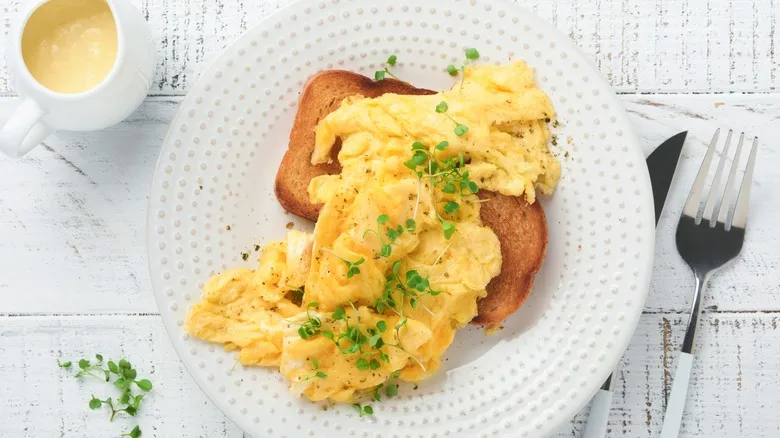Frothing eggs helps aerate them
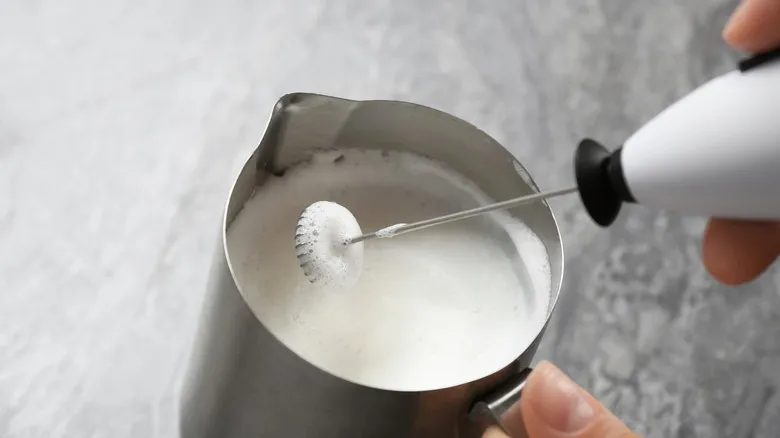
There’s a scientific reason for vigorously whisking your eggs before scrambling them. This vigorous mixing blends the yolks and whites while also introducing air. Just as whipping egg whites creates a light texture that helps baked goods like angel food cake rise, whisking scrambled eggs incorporates air pockets—visible as bubbles—into the protein and fat structure of the eggs.
To froth your eggs using a coffee milk frother, simply mix your eggs with salt, pepper, and any milk or cream you prefer. Next, dip the whisk end of the frother into the mixture (ensuring it doesn’t touch the bottom of the bowl) and turn it on to begin frothing. After moving the frother around in the egg mixture for about one to two minutes, the eggs will take on a pale yellow hue, become noticeably bubbly, and develop a slight foam. This indicates that plenty of air has been incorporated. When you pour the frothy eggs into a pan to scramble, the final dish will be exceptionally light and fluffy.
Additional ways to spruce up your scrambled eggs
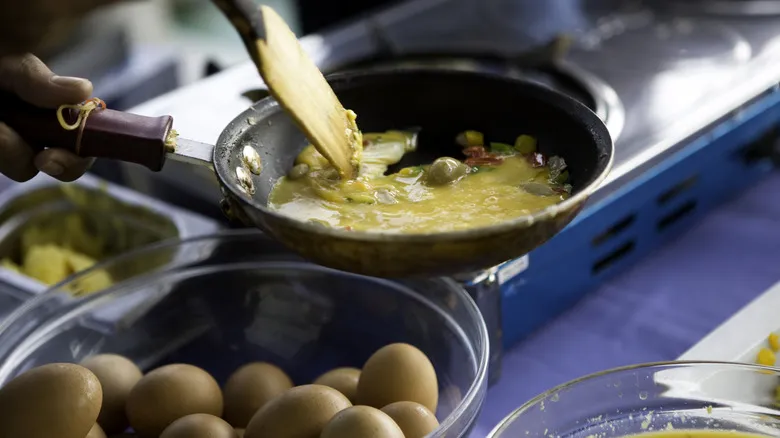
The secret to achieving perfectly fluffy scrambled eggs is using a milk frother to whip them up. However, there are additional elements to consider when perfecting this classic breakfast dish. For example, some people like to incorporate a splash of seltzer to enhance the lightness of the eggs. Regardless, before pouring your frothy egg mixture into the pan, be sure to melt the butter and ensure the pan is hot—but not excessively so. Instead of using high heat, aim to cook your scrambled eggs gently over medium-low heat.
Once you add the airy egg mixture to the pan, allow it to set for a few seconds, then stir continuously to scramble the eggs as they cook and firm up. When they look fully cooked and fluffy, remove the pan from the heat to prevent overcooking. Whatever toppings you choose to add—be it chopped scallions or cilantro for a fresh touch—your first bite will reveal eggs that are delightfully light and indulgent, all thanks to the milk frother technique.
Recommended
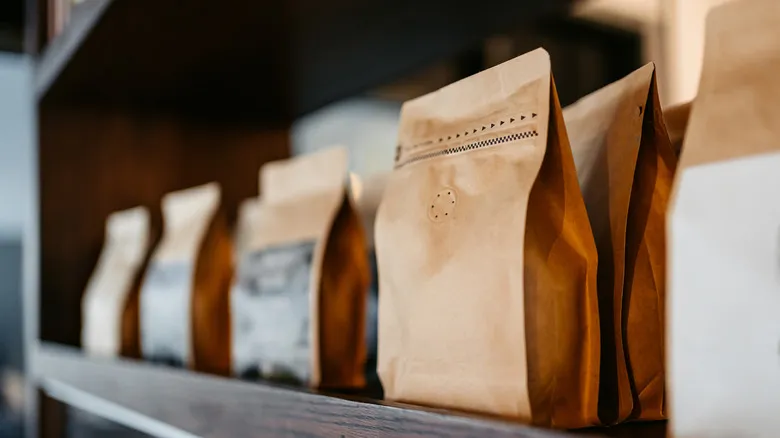
The Expert Guide To Coffee Bean Labels
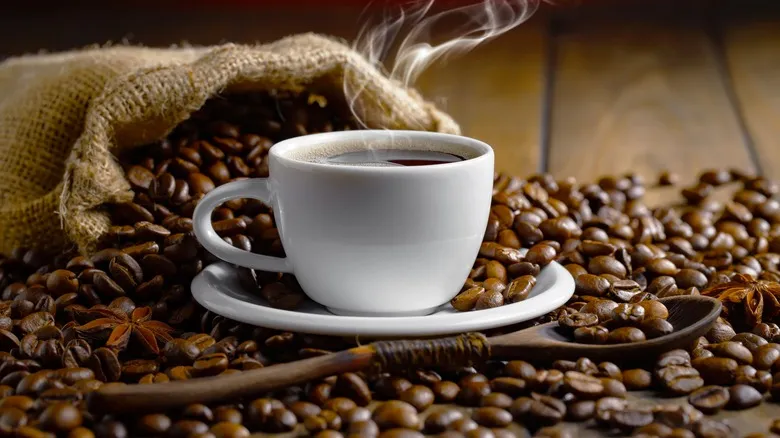
Harvest Date Vs Roast Date: Which Matters Most For Buying Coffee?
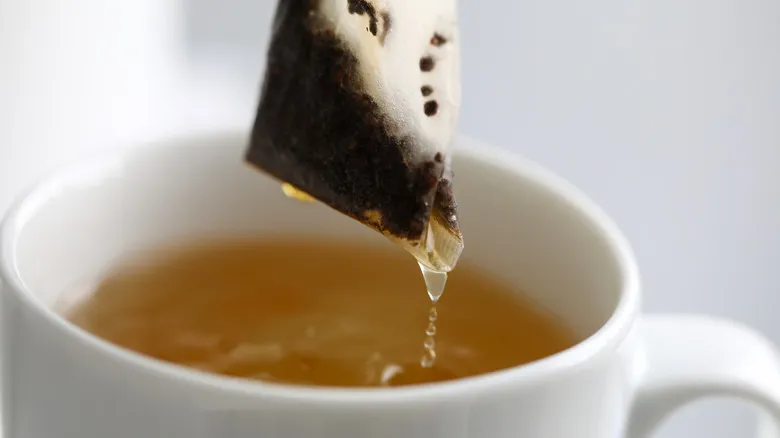
Scientists Figured Out How To Prevent Film From Forming On Your Tea
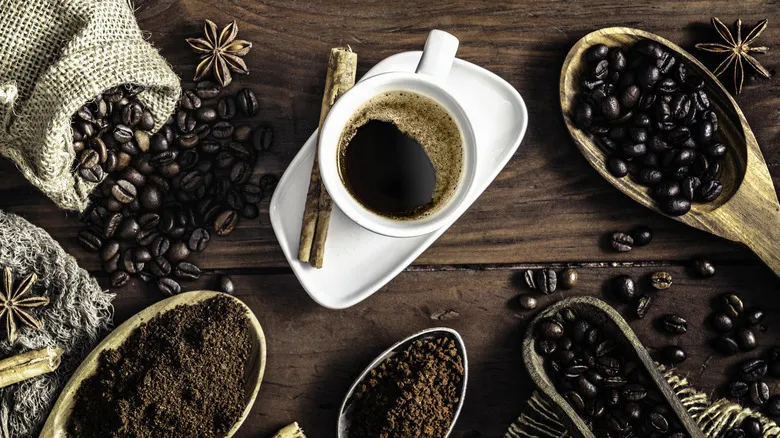
How Much Caffeine Is There In Decaf Coffee?
Next up

